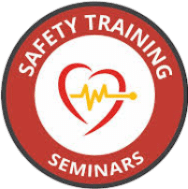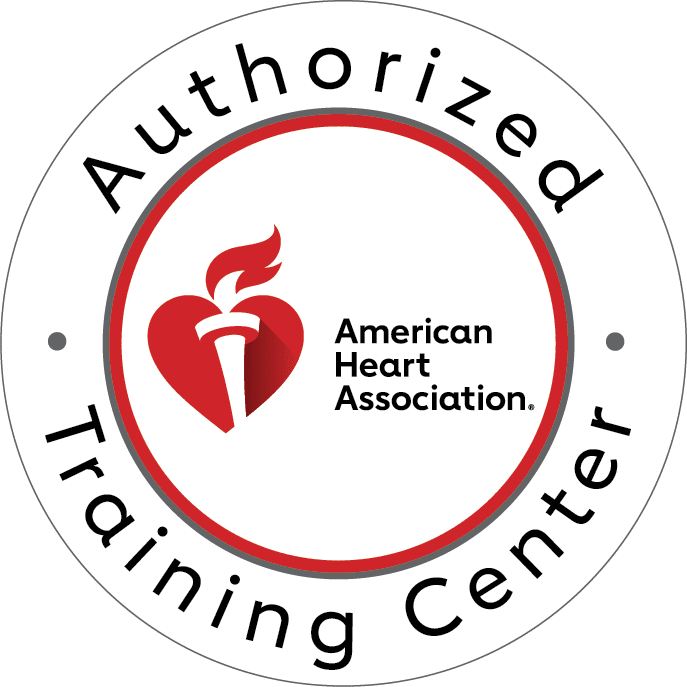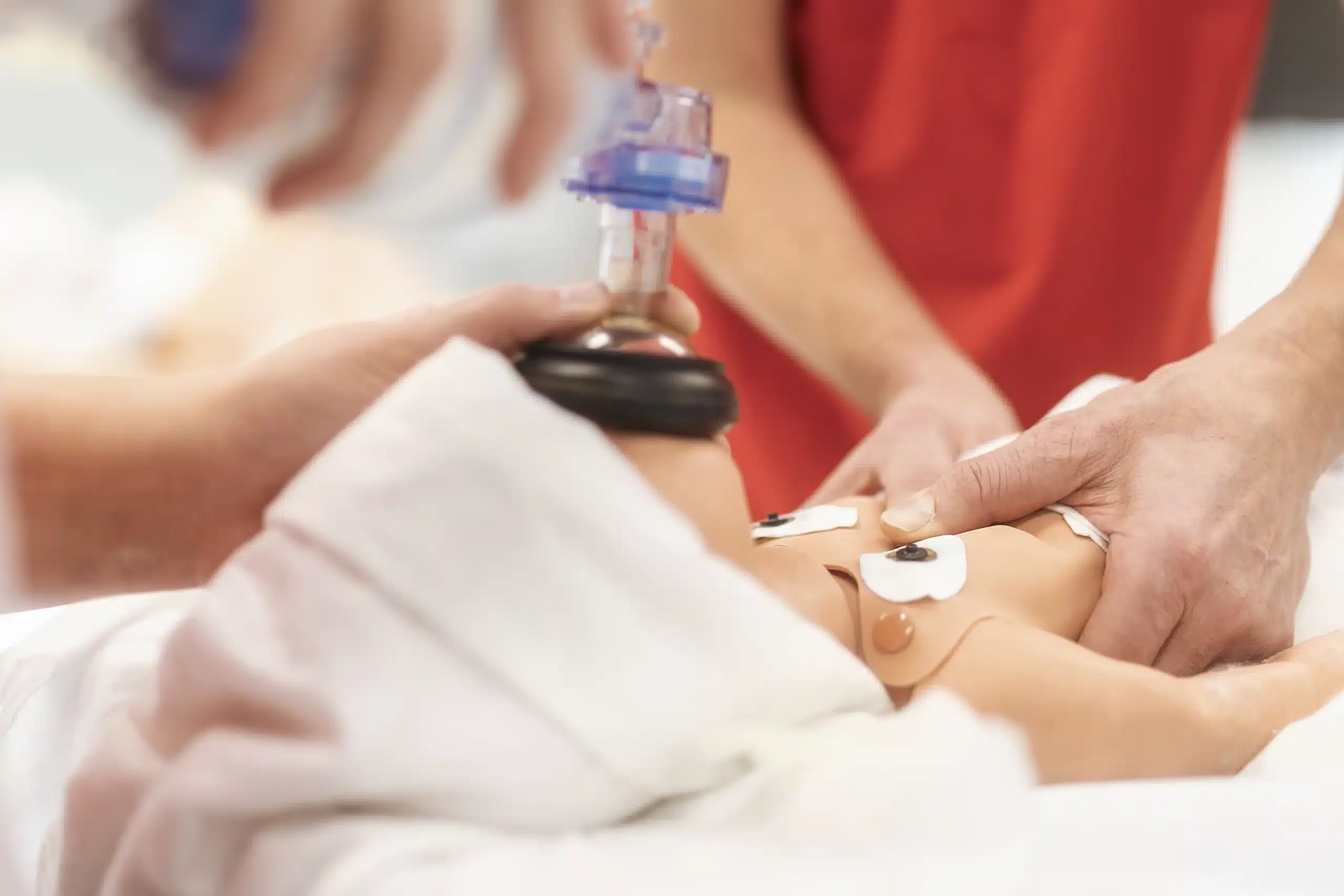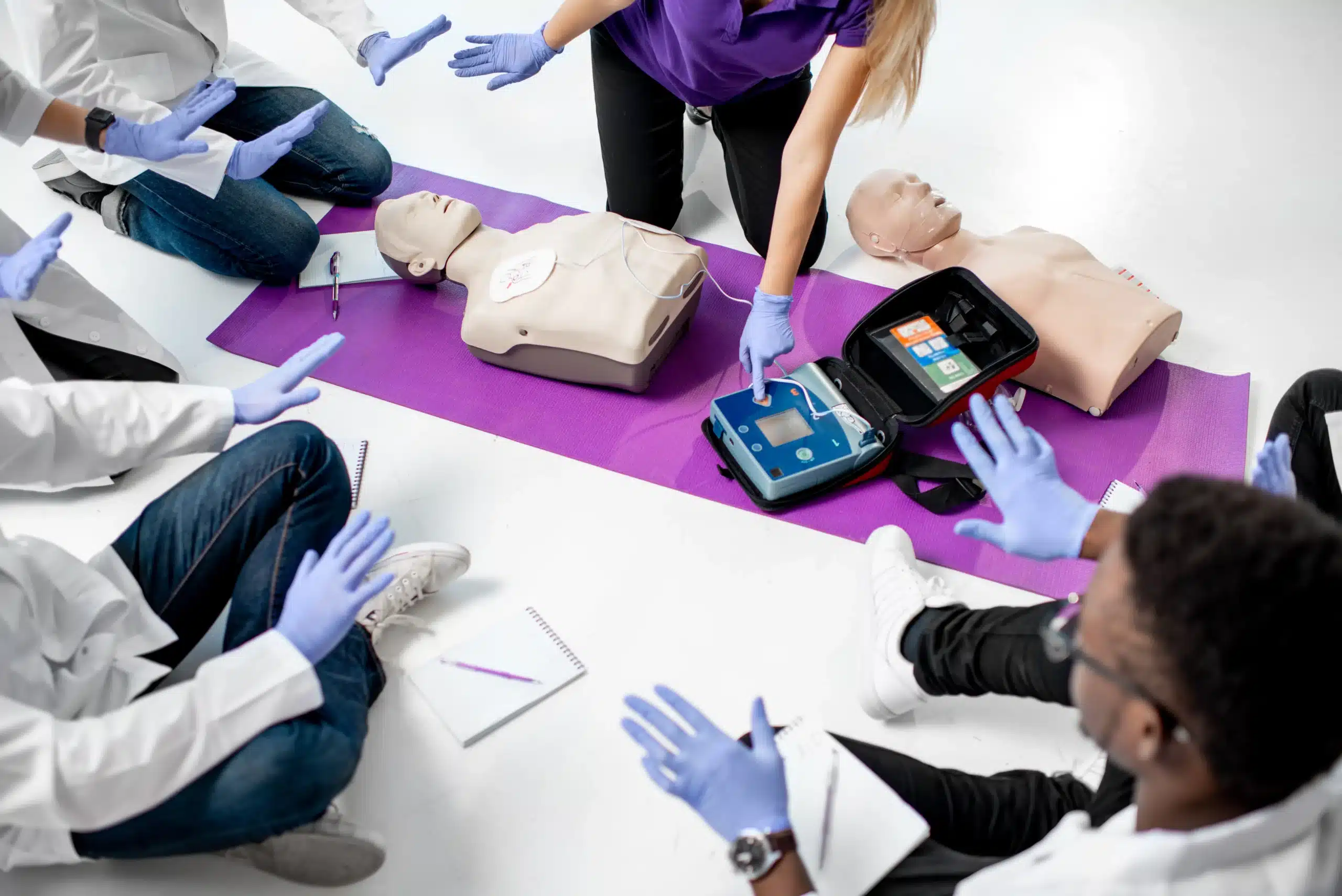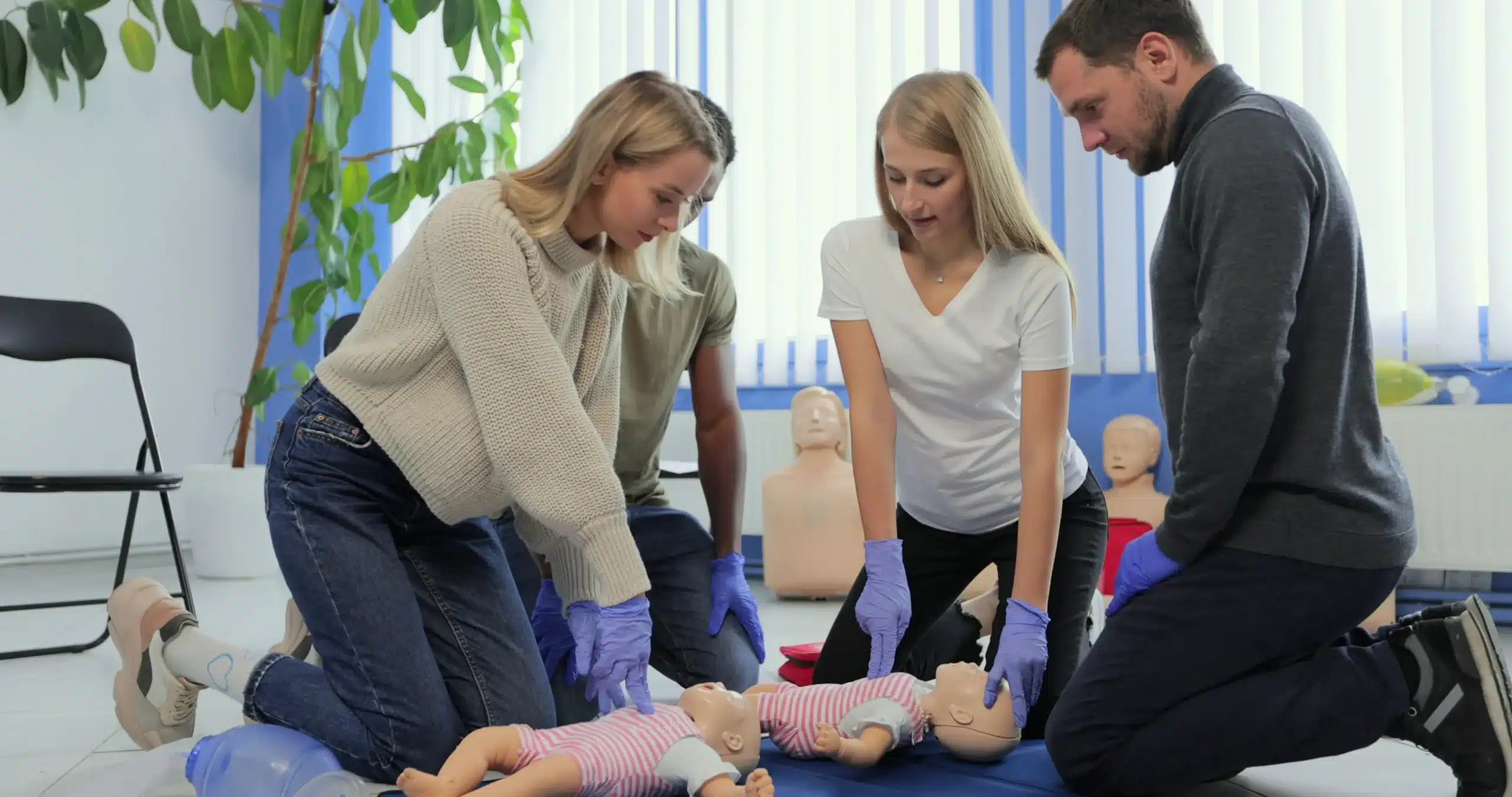Introduction – CPR & First-Aid Training
Imagine a bustling office where everyone is focused on their tasks. Suddenly, an employee collapses, clutching their chest. In such situations, every second counts. Workplace CPR and first-aid training can make the difference between life and death. This blog post will explore the significance of these skills in the workplace. Readers will discover practical tips, real-life examples, and essential insights that highlight the benefits of being prepared.
Why Workplace CPR Training Matters
Cardiac emergencies can happen anywhere. Having trained personnel on-site reduces response time, improving outcomes. Quick action with CPR increases survival rates significantly. CPR training empowers staff to act confidently in emergencies, creating a safer work environment.
Immediate Benefits of First-Aid Training
First-aid training equips employees with lifesaving skills. It helps them provide initial care before professional medical help arrives. Knowing how to handle injuries, like cuts or fractures, reduces pain and minimizes complications. A well-trained team fosters a sense of security and trust within the workplace community.
Reducing Workplace Accidents
Training also emphasizes accident prevention. Employees learn to identify potential hazards and take proactive measures. This awareness reduces the likelihood of accidents and promotes a safety culture. Companies benefit from fewer workplace injuries and associated costs, such as lost productivity and insurance claims.
Building Confidence in Employees
Equipped with CPR and first-aid skills, employees gain confidence. They feel empowered to handle emergencies effectively, preventing panic. Confidence in their abilities translates to other areas, enhancing overall performance. Employers notice improved morale and teamwork among staff members.
Legal and Ethical Responsibilities
Organizations have legal obligations to ensure a safe workplace. Offering CPR and first-aid training demonstrates a commitment to employee welfare. Failure to provide training may result in legal consequences. Ethically, companies have a duty to protect their workforce, and training is a proactive step in fulfilling this duty.
Real-Life Success Stories
Numerous case studies reveal the positive impact of workplace CPR and first-aid training. In one instance, a trained employee saved a colleague’s life during a cardiac event. Such stories inspire others to take the importance of training seriously. These real-life examples emphasize that anyone could be a lifesaver.
Choosing a Training Provider
Selecting the right training provider is crucial. Opt for certified organizations like Safety Training Seminars with experienced instructors. Courses should cover both theory and practical exercises. Tailored programs that address specific workplace needs offer added value. Ensure the provider complies with recognized standards and regulations.
Frequency of Training and Recertification
Regular training updates are essential. Skills can fade over time, making recertification necessary. Depending on the course, refresher training is recommended every two years. Ongoing education ensures employees remain proficient in their skills. An updated workforce is a prepared workforce.
Integrating Training into Onboarding
Incorporating CPR and first-aid training into onboarding processes sets a strong foundation. New employees start with vital skills that enhance their role. This approach demonstrates a company’s commitment to employee safety from day one. Additionally, it establishes a culture that values preparedness.
Promoting a Safety-First Culture
A safety-first culture prioritizes employee well-being. Training sessions reinforce the company’s dedication to this principle. Regular safety briefings and drills keep skills sharp and minds focused. Employees appreciate working for organizations that prioritize their health and safety.
Investing in Lifesaving Equipment
Alongside training, investing in lifesaving equipment is crucial. Automated external defibrillators (AEDs) are vital tools for cardiac emergencies. Placing AEDs in accessible locations within the workplace increases survival rates. Training employees to use AEDs enhances their readiness to respond effectively.
Measuring the Impact of Training Programs
Evaluating the effectiveness of CPR and first-aid training programs ensures ongoing success. Collect feedback from participants to identify areas for improvement. Measure outcomes, such as reduced incidents and improved response times. Continual assessment guarantees the program’s relevance and effectiveness.
Conclusion – CPR & First-Aid Training
Workplace CPR and first-aid training are essential components of a safe and responsible organization. By equipping employees with these skills, companies demonstrate their commitment to safety and well-being. Training fosters confidence, reduces accidents, and promotes a safety-first culture. Organizations that invest in training save lives and build a more resilient workforce. To learn more about implementing a training program in your workplace, contact us today.
